
HomePony Know HowRiding TipsJumpingStrides for success
-
Pony Care Tips
Learn everything you need to know about caring for your fave pony. From feeding and grooming to mucking out – we have it all here!
-
Riding Tips
Improve your riding with our fab articles! Whether it's building your confidence, riding shapes, or jumping spreads that you need tips on, we have something for every rider.
Latest News
Strides for success
Posted in Jumping
Can’t seem to meet the fence at the right spot? Find out how to get the perfect stride every time!
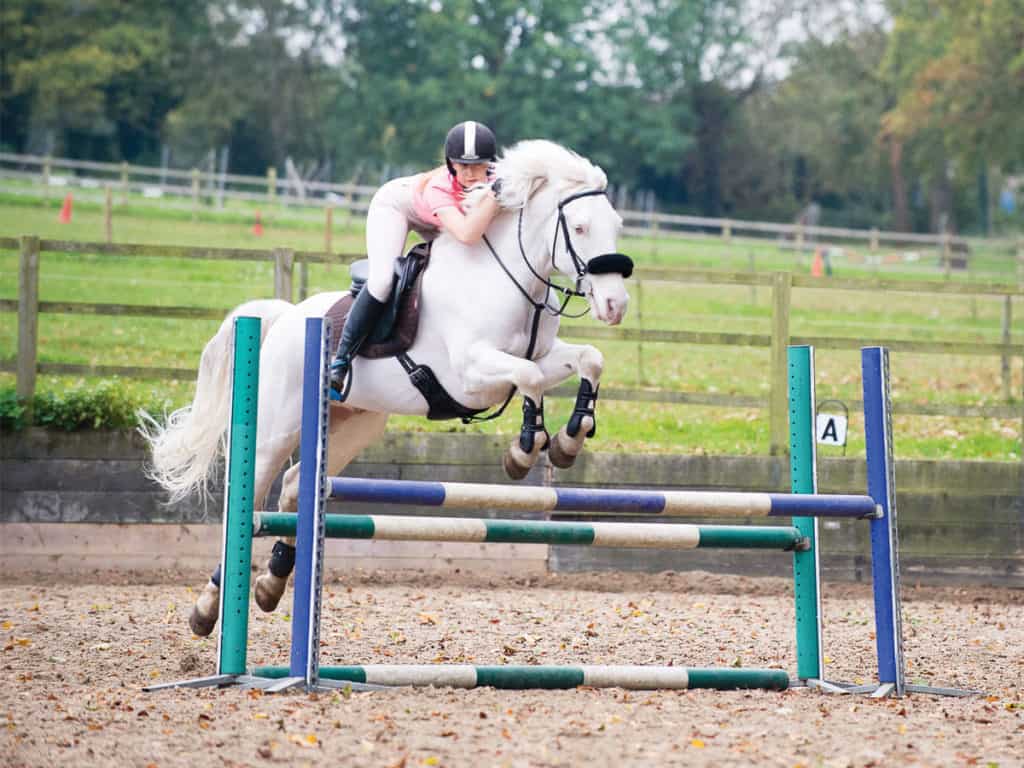
It takes practice when it comes to finding the perfect take-off spot for a fence. Some riders find it comes to them naturally, while others concentrate so much on trying to see a stride that it affects how they ride to a fence, which can create a sticky situation.
Whichever group you fall into, you’ll feel much more confident about jumping and be more ready to move up a level if you ace your striding into a fence every time. Luckily, practice really does make perfect and there are a few exercises you can use to help you along the way, too.
Top tip – take your time to build these exercises up and only move on to the second step when you and your pony feel confident.
Flatwork foundations
It sounds dull, but flatwork is super-important when it comes to jumping well. If your pony’s balanced and rhythmical in his paces, you’ll be able to adjust his stride when you’re riding a course of fences, which will help you place him at the perfect take-off point for each fence.
While you’re warming up, ride transitions within and between paces. This will keep your pony focused on what you’re asking him to do and engaged through his body.
Top tip – the distances in the following exercises are for a 14.2hh pony. Head to our extra stride guide to find out what distances to set the exercises up at depending on your pony’s size.
Exercise 1: Canter poles
Getting a good approach and stride into a fence is all about having an active and rhythmical canter. Canter poles are a really useful way to help you achieve this, as they encourage your pony to take bouncy, even-sized strides and stay balanced.

What you need: Four canter poles set 2.7m apart down the long side of the arena.
What to do: In canter, ride over the poles, aiming to stay straight through the middle. Ride over them a couple of times, approaching from both reins.
Think about: Keeping your leg on to maintain the impulsion, while keeping a soft contact to allow your pony forward. Look up and ahead, rather than down at the poles.
Top tip – use the stripes on the poles to help you stay in the middle.
Exercise 2: Canter poles to cross-pole
Once you’re riding over the canter poles without a problem, you can bring fences into the exercise.

What you need: With the canter poles set up as before, add a cross-pole 3m after the last pole on the ground.
What to do: Canter over the poles, then the cross-pole. Ride away in a confident, straight canter.
Think about: Now there’s a small fence, it’s even more important to stay straight and maintain your impulsion, but take care not to chase your pony through the exercise.
The poles act as guides to help him meet the fence at the perfect spot, so it’s your job to sit quietly and keep your hands soft, and encourage him through confidently.
Top tip – always have an adult with you when you’re jumping. As well as checking everything’s okay, they’ll be able to adjust the distances and heights of the fences for you – result!
Exercise 3: Step it up
Take your exercise up a level by adding another fence into the mix to make a mini grid.

What you need: Three canter poles, followed by a cross-pole, then a canter pole to another cross-pole. Use the distances shown in the diagram.
What to do: Ride through the exercise as before, maintaining a balanced canter throughout.
Think about: Wrapping your legs around your pony’s sides to help him stay straight and active through the grid. Follow his movement with your hands to allow him to jump cleanly and remember to keep looking up, particularly between the fences, to make sure you don’t tip forwards.
Top tip – keep the fences small the first few times you ride this exercise. It’s all about the approach and landing, and the quality of your canter, not the height of the fences.
Exercise 4: Doubles
Test your canter and striding by taking the canter poles away.

What you need: Two fences 9.2m apart to create a two-stride double.
What to do: Maintain the same active canter you had while riding through the grid and jump the double.
Think about: Avoid overthinking the fences now you don’t have the poles to guide you – as long as you approach in the same way, you find you’ll meet the fences at a good point for take-off. Stay looking up and ahead, and ride confidently.
Putting it into practice
The exercises should start to feel really easy once you’ve ridden through them a few times, as you’ll learn to feel what the right canter is and where to meet each fence. Then you can put that feeling into practice when it comes to riding courses. Remember, you can come back to these exercises at any time to brush up on your technique.


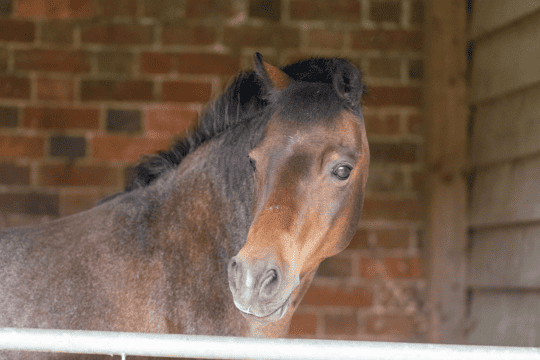
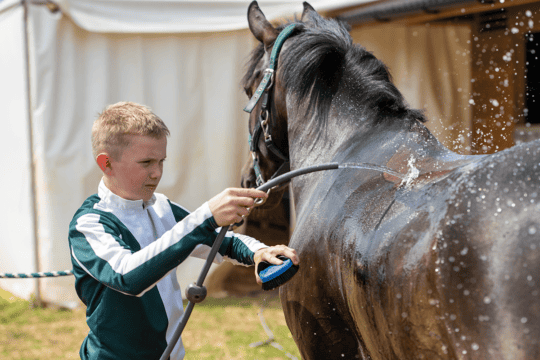
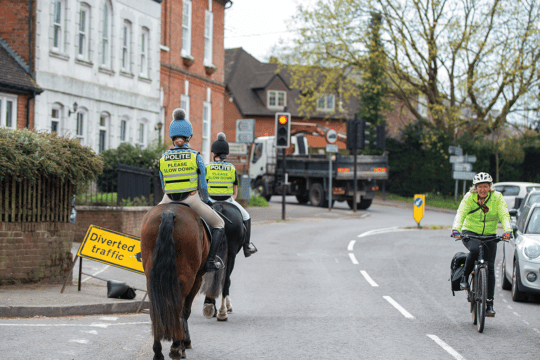
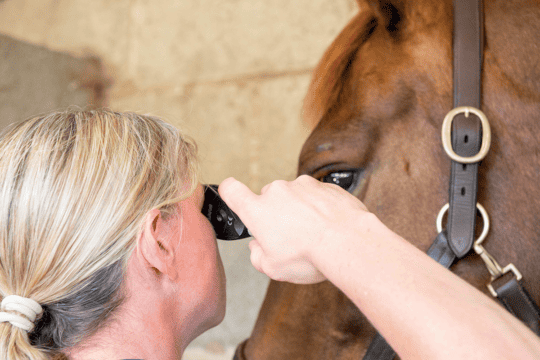
















Leave a Reply
You must be logged in to post a comment.